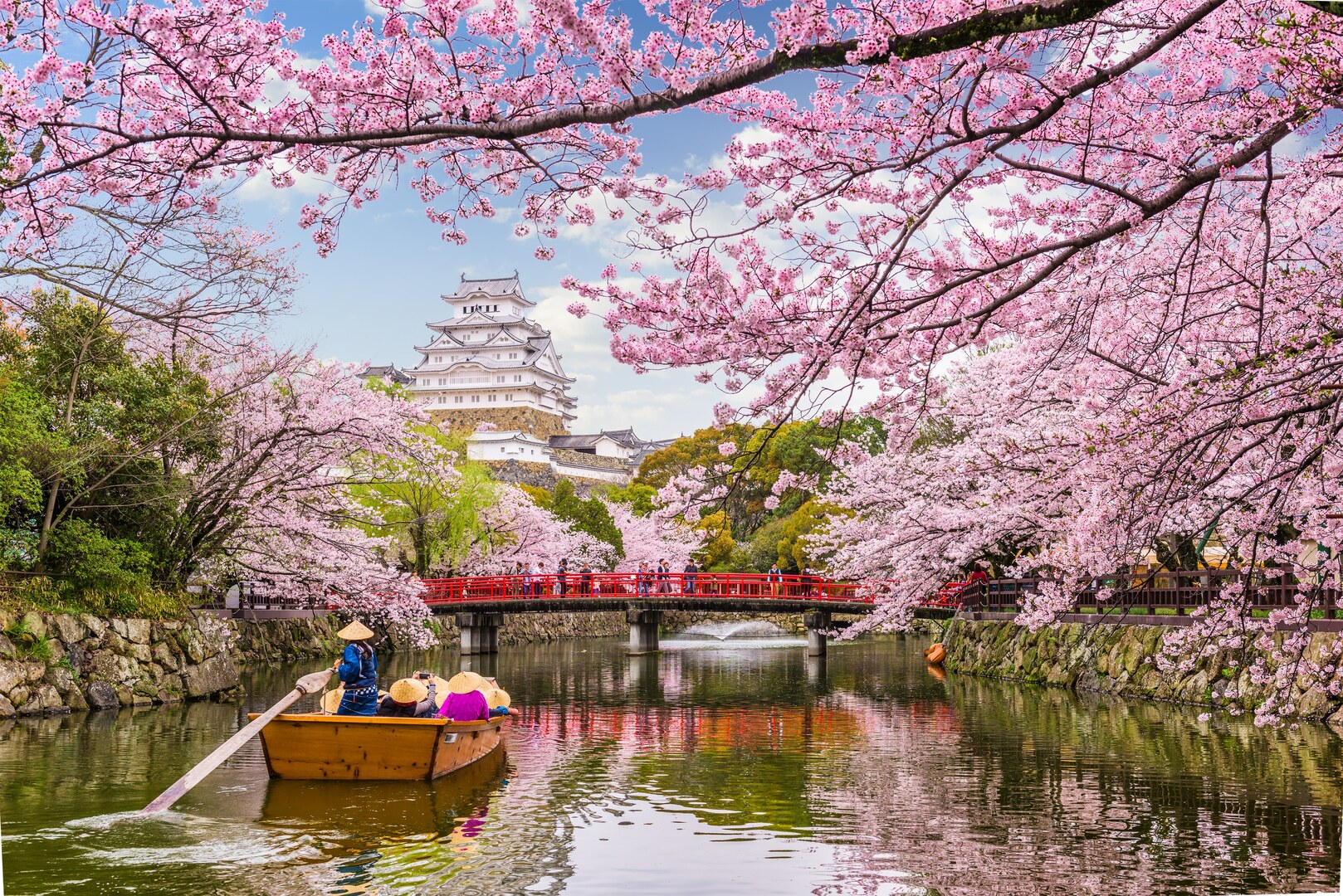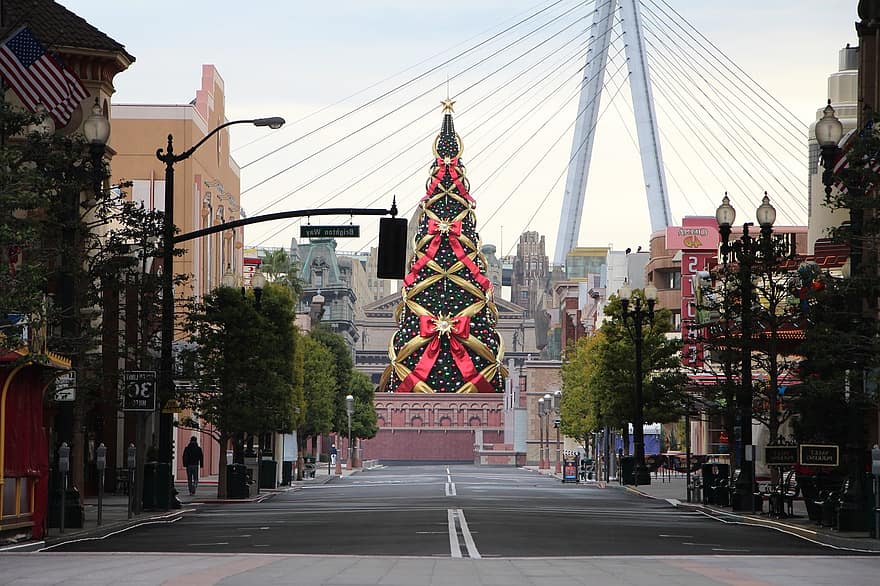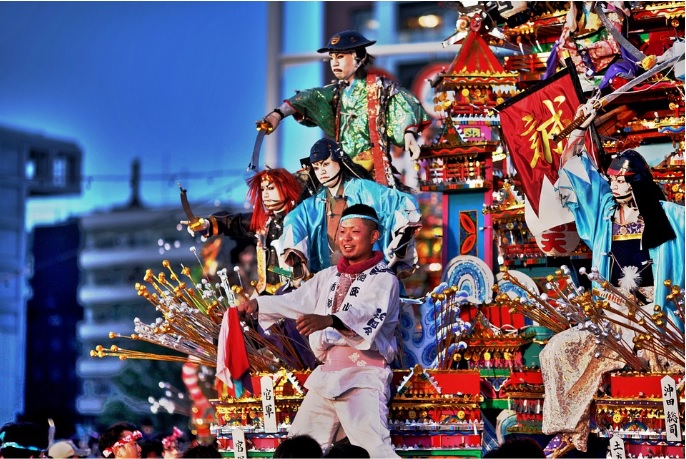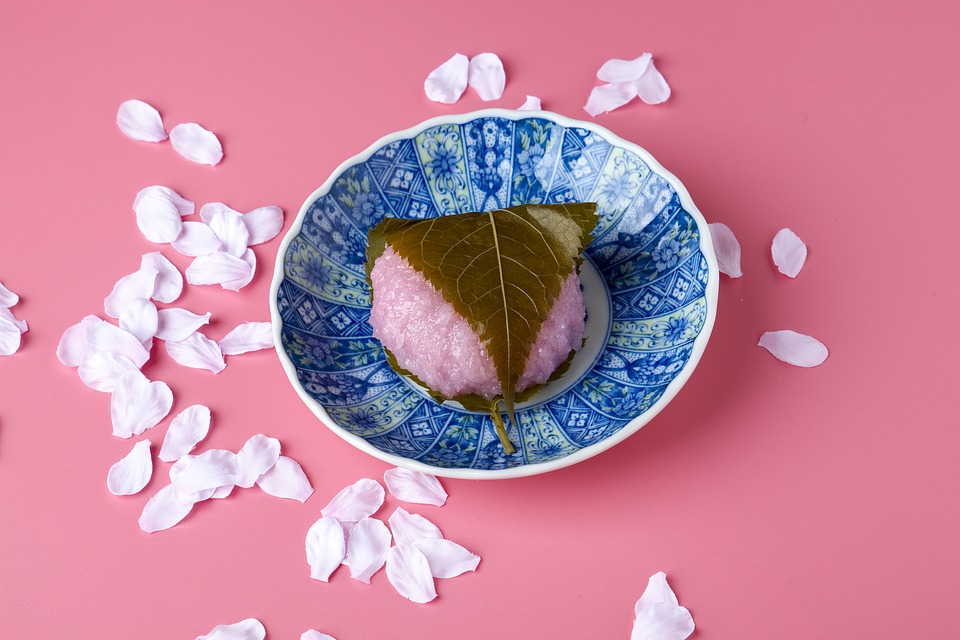
Photo by JKT-c and Licensed under creative commons
The Nagasaki Lantern festival started in 1994 when the Chinese community in the city celebrated the lunar new year and floated ornate lantern in Chinatown areas of Central Park and Kanko-dori Arcade. Further, in this event, the whole city becomes a whole stage where crowds and skilled performers dance wearing dragon and lion suits.
Date: January 24 to February 9
Address: Nagasaki Chinatown, 10-13 Shinchimachi
Tel: +81 95-822-6540
Map: Click here
Contact: 095-822-8888
-
Setsubun tradition
Photo by 8-haciro and licensed under creative commons
Setsubon tradition refers to the last day of winter and the start of the spring. According to Japanese folklore, Oni, a type of demon, appears during the seasonal changes and to scare the demon, the Japanese throw dried beans while yelling Oni wa soto, fuku wa uchi, 鬼は外、 福は内 or Demon out, fortune inside. The act of throwing beans is named 豆まき or Mame-maki. At Shinto temples, the priest starts the ceremony where they perform rituals and warriors fire arrows and another warrior symbolically cut the string symbolizing cutting ties with bad luck.
A group of Oni or devil mask-wearing men approaches the temple and performs the Oni no Mai dance. Shrine spectators throw beans against the Oni while chanting Oni wa soto, fuku wa uchi. Meanwhile, Shinto priests throw hitakigushi (sticks with written prayers) into a fire square and they conclude the Heian Shrine Setsubun-sai by reading a prayer.
Date: February 3
Time: 11:00 am to 4:00 pm
Location: Temples in Tokyo and nationwide
-
Hadaka Matsuri
Photo by Monami and Licensed under Creative Commons
Hadaka Matsuri (matsuri is festival) is a crowded festival of joy and luck when crowds of naked men scramble to get lucky objects thrown by priests. The festival started 500 years ago when worshippers jostled for talismans made from paper (named as Go) thrown by a priest from Saidaiji-in Temple. The term naked men is a misnomer since the naked men aren’t quite naked as they are still wearing white loincloths and tabi cloths. An alternative history from over 1000 years ago, one village selected a lucky man who walked around the village naked. Soon after, he was banished (hopefully) with calamity, bad luck and illness.
Date: February 15, 2020
Address: Celebrated in some temples nationwide
Website: Click here
-
Kawazu blossom festival
Photo by Izu navi and licensed under creative commons
This matsuri (festival) celebrates the early spring or blossom of cherry trees in Kawazu City in Izu peninsula. Kawazu cherry blossom festival attracts more or less 2 million visitors who view flowers for 2 weeks starting late February, early March. Apart from enjoying the splendour of flowers, you’ll love a wide selection of food, citrus fruits, cooked food, dried food and small cherry trees to be planted at home. You can access through Kawazu Station via the Izukyu railway line.
Date: February 10 - March 10
Address: Sasahara, Kawazu-cho, kamo-gun, Shizuoka Prefecture, Japan
Admission: Free
Contact: 0558-32-0290
Website: kawazuzakura.net
-
Plum blossoms
Photo by Guilhem Vellut and licensed under creative commons
Plums are trees that produce small fruits that are eaten as fresh or jams. Their flowers closely resemble that of cherries and are mistaken for cherry blossoms because of their pinkish flowers. Cherries (Sakura) are more prominent during spring but plums (Ume) are getting as important as their cherry cousins (Cherries and Plums are botanically related). One of the most popular sites is the Suzuka Forest Garden where 200 plum trees thrive.
Address: A number of gardens and parks around Tokyo such as Koishikawa Korakuen, Ushi-Tenjin Kitano Shrine, Shiba Park, Kameido Tenjin and Hanegi Park
Map: Click here.
Fees: 700 yen to 1, 700 yen (depends on the condition of plum trees)
Website: http://www.akatsuka.gr.jp/group/suzuka/
-
Sukiyaki
Photo by Spinachdip and licensed under creative commons
Sukiyaki is a winter food (Nabemono) and a dish made with grilled tofu, eggs, beef, onion and some species. It’s a complete meal and nutrition that consists of protein and carbohydrate foods. During the late winter of February, this hot pot is popular for warm lunch or dinner. Here is an easy to prepare the recipe:
Ingredients:
1 pound of thinly sliced beef sirloin
2 tbsps of canola oil
¼ cup of white vinegar
¾ cup of mirin
¾ cup of soy sauce
1 ½ cups of dashi stock
¼ cup of white sugar
Process:
-
In a bowl, mix sugar, dashi, mirin and soy sauce and set aside.
-
Place the noodles into boiling water. Rinse in cold water.
-
Add 2 tbsps of canola oil in cooking. Add the beef and stir until hot for 2 - 3 minutes.
-
Add 1 tbsps of canola oil into skillet. Add the mushrooms, onion, carrot and celery and cook until they get soft for 4 minutes. Stir the beef, tofu, dashi mix, onions and noodles.
-
Serve when hot.





